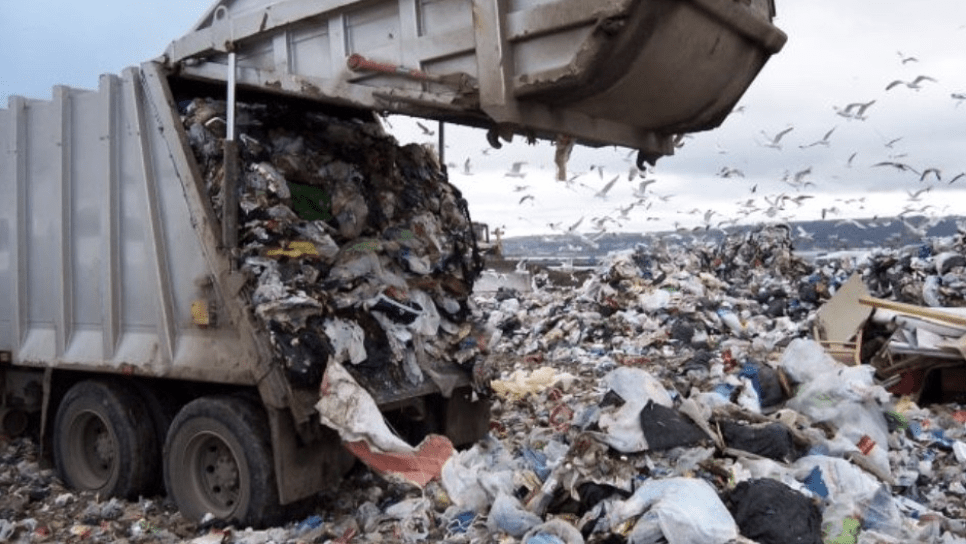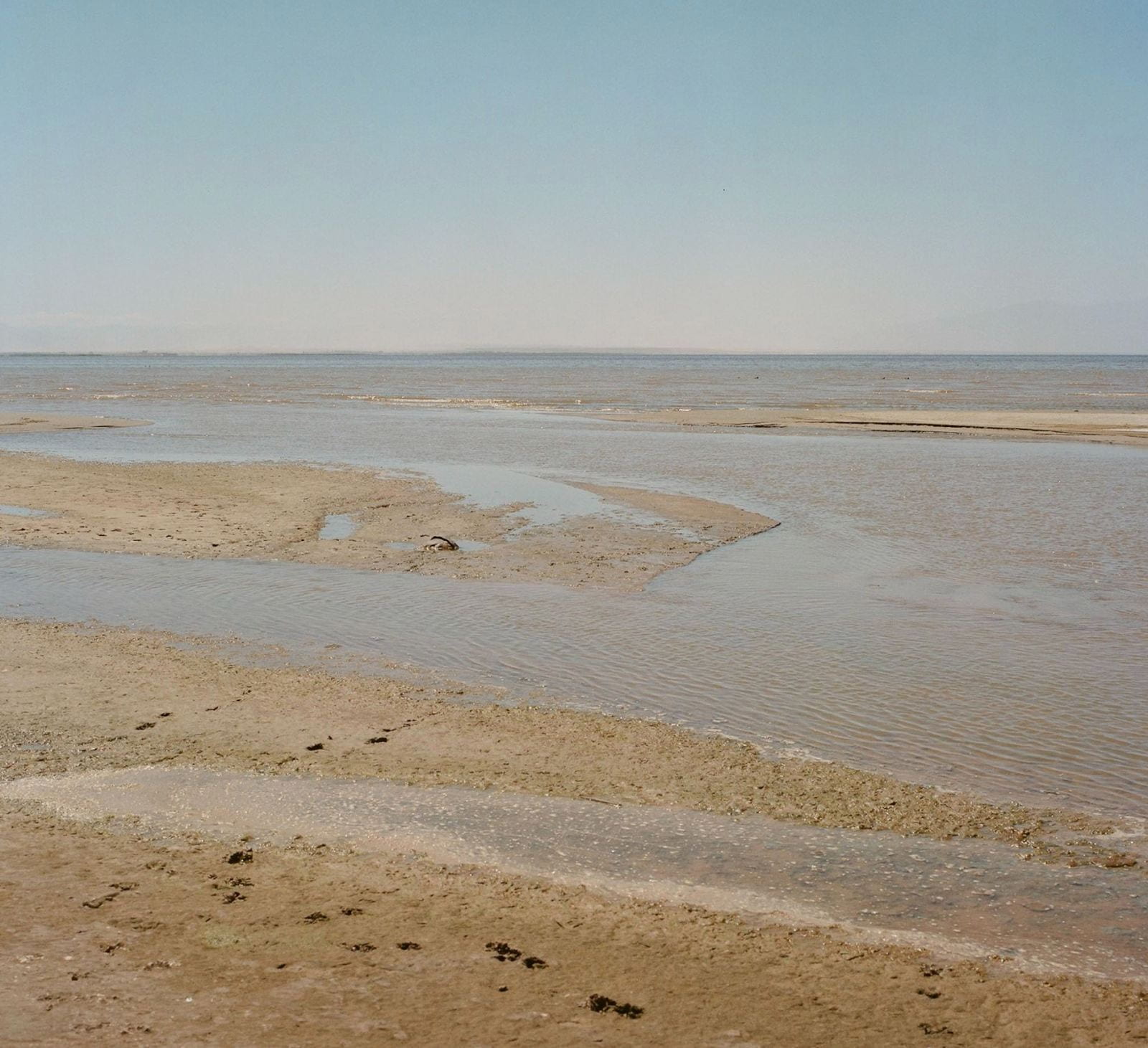Water Extraction and Cultural Impacts within the Mt. Shasta Watershed
Far too often do we hear about environmental injustices happening around the world, but this current issue regarding the cultural impacts in Mt. Shasta is happening very close to home. The water bottling company Crystal Geyser has issued a proposal to reinstate a former bottling plant located next to the City of Mt. Shasta within Siskiyou County, California. The bottling plant would occupy an approximately 118-acre site to produce beverage products. The Crystal Geyser company would be doing this by using groundwater from the Big Springs Aquifer. However, the Winnemem Wintu tribe, whose ancestry is tied to this region, has opposed the proposal by the Crystal Geyser company. Concerns about this company include the effects on cultural and environmental resources, such as Chinook salmon- an essential part of Winnemem Wintu religious and spiritual beliefs, and one of the nation’s most critically endangered species. New infrastructure like a pH neutralization system, an expanded leach field, a caretaker/security residence, and additional wastewater treatment facilities are required for Crystal Geyser’s proposal (Smith, D., 2018). The company submitted a final Environmental Impact Report (EIR) to Siskiyou County, and successfully received certification by the County Board of Supervisors in September 2017. The EIR is structured to obtain a wastewater discharge permit and is currently under judicial review, but it does not take into account the effects, both culturally and environmentally, of the bottling plant with respect to the Winnemem Wintu tribe. This issue that the proposed bottling plant has brought up not only poses a problem for the health of the environment but also is an environmental justice issue.
Many issues arise when considering the proposed bottling plant. The proposed operational site is characterized by volcanic activity from Mt. Shasta, which has erupted every 600-800 years in the past 10,000 years (USGS, 2012). This geologic history contributes to a convoluted hydrological system due to volcanic pockets that limit accurate modeling of water resources. The company’s proposal includes an estimated water usage of 115,000 gallons per day. According to the Mt. Shasta Watershed Analysis, “maps of Mount Shasta may be over-representing the channel network and misrepresenting water availability.” To that effect, Crystal Geyser’s conclusion that “the Proposed Project will not result in significant impacts to groundwater supplies, wells, and stream flows,” is likely to be deficient. Since there is a likelihood of inaccurate data regarding the quantity of water in the watershed analysis, there should be steps taken to ensure the protection of this vital water source.
The EIR reviews potentially significant impacts to biological resources, hydrology/water quality, and cultural resources, and considers the additional environmental factors required by the California Environmental Quality Act, or CEQA. The review on cultural impacts is restricted to historical and archeological findings and does not consider the impacts of the operation on present indigenous activities and cultures. According to the Siskiyou County Community Development Department, mitigation measures are only proposed in the event of finding “unusual amounts” of bone or shell, artifacts, or architectural remains to ensure the recovery or preservation of such items. The discovery of human remains, specifically Native American burial remains, requires the “cooperation” of the most likely descendant with the County and a “qualified professional archaeologist” to “minimize significant effects to the human remains prior to the resumption of ground-disturbing activities”(CEQA). Thus, regardless of potential findings of culturally significant resources, the operation may resume so long as actions are made to mitigate potential damage. However, the proposed bottling site would seriously impact the livelihood of the Winimem Wintu tribe, and the environment that the entire community survives from. The Winnemem Wintu people claim a spiritual connection with the Mt. Shasta watershed, so the destruction of these waterways creates a huge disturbance among their everyday lives. “The Winnemem Wintu were born from the pristine water of Mount Shasta and regard this water as a sacred relative, a living being that is being exploited, desecrated and polluted when it is put in a plastic bottle and commoditized,” stated Winnemem Wintu Tribal Representatives, Mark Miyoshi, and Luisa Navejas. Furthermore, the proposed bottling plant is located on the tribe’s sacred burial grounds. These burial grounds are one of the most hallowed places in the eyes of the Winnemem Wintu tribe. They often have different ceremonies here and come to be with their loved ones that are long gone.
The salmon population in California is currently facing great difficulty to survive in the environment; we do not need to make it more difficult for them. At the current rate, 45% of California salmon are likely to be extinct in the next 50 years. If present conditions continue, in 100 years, 23 of the remaining 31 species (74%) are likely to be extinct (Braugh, 2015). According to the plan that has been proposed by the Crystal Geyser company, they will on average pump 115,000 gallons per day from the aquifer. Their company also said there are many potential sources of wastewater that were not considered in the final EIR including condensate, boiler blowdown water, and cooling tower blowdown water (Smith, D., 2018). Many of the things proposed in the EIR do not support the livelihood of the dwindling salmon populations. Significant considerations should be taken to create equal and fair rights for the fish, water, people, and wildlife of Mt. Shasta. Immediate action needs to be taken to provide proper spawning grounds for the Chinook salmon. The Chinook salmon spawn near Mt. Shasta after they swim up through the Central Valley. It is essential to protect the livelihood of the environment and people of this area.
Salmon is also an essential part of the tribe’s spiritual and physical connection to the land. There have been many different roadblocks put in the way so that the salmon that have been swimming up the Sacramento River for centuries can no longer reach their natural spawning grounds. The tribe feels a very strong tie to the salmon of this area. Their people have for centuries, and they know the salmon play an integral part in the functionality of their environment. Salmon is a keystone species; they bring essential nutrients to the waterways, forests, and land when they swim up the river (Sisk, 2018). The Winnemem Wintu tribe has formed a group called Run4Salmon. This group is led by Chief Caleen Sisk and many other indigenous women who organize the annual 300-mile walk that follows the historical journey of the salmon from the Sacramento-San Joaquin Delta to the Winnemem (McCloud River). This annual trek is held to raise awareness about the policies threatening our waters, our fish, and indigenous lifeways. The Run4Salmon group is very proactive and are finding ways to bring the salmon back to their natural spawning grounds. Since the Shasta Dam was built 74 years ago, the Salmon have not been able to finish their journey and reach the McCloud River. The Run4Salmon group and Winnemem Wintu tribe have been working on bringing genetic descendants of their salmon from New Zealand back to their home waters (Sisk, 2018). This is an amazing thing that they are starting to do. The Run4Salmon group welcomes all people who want to join them on their trek to Mt. Shasta every year and at other small events that they have. This is a good group to be in contact with if you feel you want to take action and work to help the Winnemem Wintu tribe or protect California’s native salmon population.
Local governments should prioritize communal access to water and resist the privatization of a public resource. Access to water should be a public right, especially in light of the World Bank’s prediction that by 2025, two-thirds of the world’s population will struggle for access to water. Big Springs Aquifer feeds the Sacramento River, which supplies fresh water to the San Francisco Bay. It is a central lifeforce to the communities and ecosystems of the watershed and related tributaries. For thousands of years, the Winnemem Wintu tribe has stewarded the region and relied on the resources the aquifer has yielded. “It is our lifeblood that flows down from the mountain to the people below” (Mark Franco, via Sacramento River Watershed Program). Current policies do not respect tribal culture and knowledge over the land. There is a spiritual connection to the water system that has been ignored in favor of development. It is essential, going forward, that local governments pay attention to the protests of local indigenous groups, as the regeneration of our water systems depends on it.
References
Braugh, A. (2015, June 25). Understanding Northern California’s Spring Water Sources.
Retrieved March 19, 2020, from https://caltrout.org/2015/06/understanding-northern-californias-spring-water-sources/
Miyoshi, M., & Navejas, L. (2018, April 28). Press Release: Winnemem Wintu and WATER
Lawsuit: Crystal Geyser’s Industrial Waste Discharge at Mt. Shasta Was Illegally
Approved. Retrieved October 28, 2019, from
http://www.winnememwintu.us/2018/04/28/press-release-winnemem-wintu-water-suit/
People using safely managed drinking water services (% of population). (2018). Retrieved
October 14, 2019, from https://data.worldbank.org/indicator/SH.H2O.SMDW.ZS
Sacramento River Watershed Program. (n.d.). McCloud River Watershed. Retrieved from
http://www.sacriver.org/aboutwatershed/roadmap/watersheds/northeast/mccloud-river-watershed
Sisk, Caleen. “Run4Salmon 2019.” Run4Salmon, 2018, www.run4salmon.org/.
Smith, D. (2018, May 02). Groups file suit over Crystal Geyser wastewater permit; look to join
with EIR suit. Retrieved March 24, 2020, from
United States Department of Agriculture Forest, & United States Forest Service. (2012). Mt.
Shasta Watershed Analysis. Shasta-McCloud Management Unit Shasta-Trinity National
Forest. Retrieved October 3, 2019.
United States, California, Siskiyou County Community Development Department, and Crystal
Geyser. “Final Environmental Impact Report.” Final Environmental Impact Report,
Crystal Geyser, 2017, pp. Section 3.0-Section 4.7.


